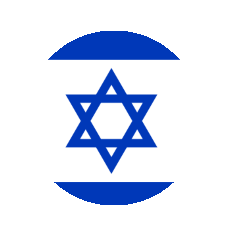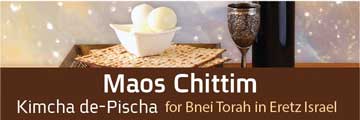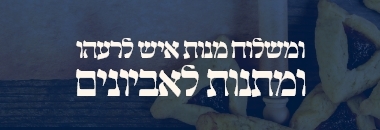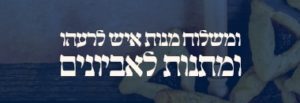What is the minhag of Ashkenazim (specifically “Misnagdim” from Poland, Russia, Lithuania) in regard to yortzeits that occur during the month of Adar during a leap year: Do we observe the yorzeit on Adar 1, Adar 2 or both Adars?
What are the halachot and/or customs for the 1st Yorzeit of the deceased (also Ashkenazi)
Thank you very much, we really need to know as we have the yorzeit of Uncle coming up soon and he had no offspring of his own, so we will carry out all yortzeit observance.
Answer:
Shulchan Aruch (668:7) writes that one should observe the yarzeit on Adar 2, whereas Rema brings that some say it should be observed on Adar 1, and adds that some observe both. Mishnah Berurah (668:42) writes that the final opinion (both) is the principle halachah.
Concerning customs, these are the basics:
It is customary for men to arrange to be called up to the Torah for Maftir during the Shabbos davening of the week prior to the Yartzeit, and to continue to be the shaliach tzibbur for Mussaf.
If the Yartzeit is on a Monday or Thursday, men should arrange to be called up to the Torah on that day.
On the eve of the Yartzeit, each mourner kindles a candle that should remain lit for the entire twenty-four hour period.
Some take upon themselves to fast on the day of the Yartzeit (beginning at dawn). This is one of the principle halachos of the yartzeit, but few actually observe it.
If possible, a man observing a Yartzeit should lead all the prayer services of the Yartzeit day (Maariv, Shacharis, and Mincha). If one does not lead the services, one should at least say the mourner’s Kaddish.
It is a worthy practice to study Mishnayos for the soul of the deceased.
Some visit the gravesite on this day to recite prayers and Tehillin.










